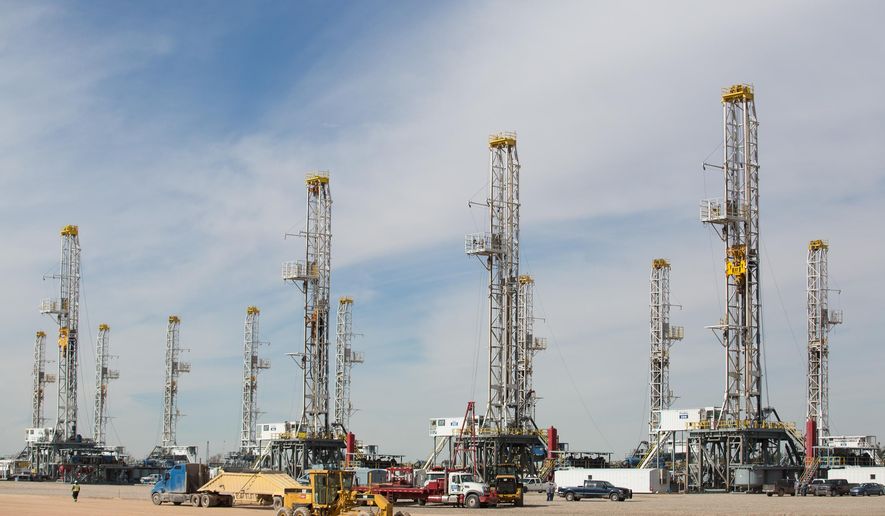The price of crude oil is plummeting again with West Texas Intermediate closing Wednesday below $50 a barrel, possibly on its way to retest its recent lows of $42. For the commodity-exporting BRICS (Brazil, Russia, India, China and South Africa), this is not good, especially for Russia.
Russian Deputy Prime Minister Olga Golodets recently called the situation critical on Rossia-24, a Russian television network, according to the Russian news agency Interfax. “Unfortunately, predictions are coming true: According to official statistics, the number of poor people has reached 22 million. This is critical.”
An associated report by Rosstat, the Russian state statistics service, showed Russians living below the poverty level of approximately $170 a month rose to slightly below 23 million, or 16 percent of the population. The near-term low for this level was 11 percent, prior to the start of the conflict in Ukraine and sanctions leveled on Russia by the West. The Russian population experienced a decade of growth in their standard of living and this has contributed greatly to Russian President Vladimir Putin’s popularity.
In addition to reduced incomes, inflation is raging double digits in Russia, putting further fiscal pressure on the average citizen who is not lucky enough to be associated with oligarchy in Moscow. Social services, including health care and education, have been significantly cut already as well.
All of this comes at a time when tensions in East Ukraine are higher than ever. Civilians and military servicemen on both sides have been killed by a recent outbreak of shelling in the Donetsk region. The Minsk accords have only served to dampen the level of the overt fighting but have not ended it.
The reduced income to the Kremlin brought on by the renewed collapse in crude prices, most likely caused by the prospect of additional Iranian supply coming on the market in coming months to years as the Iranian nuclear agreement is implemented, is for sure causing stress in Moscow among government officials. The Kremlin has stated categorically that the military buildup and modernization will continue in spite of financial pressure brought on by the sanctions and the oil market. This means social services will have to be cut further than anticipated.
Only a few weeks ago, Russia was confident it had survived the worst the crude market could dish out. This may have been overoptimistic. A sustained crisis in the price of oil could seriously inflame public unrest in Russia. All of the flag-waving patriotism in the world can’t put food on the table. The Kremlin may feel pressure to once again change the subject and take the public’s mind off their economic problems. This effort could take the form of a renewed push for territory in East Ukraine where NATO has stated that Russia has a large number of troops and equipment on the border and in Ukraine proper as well.
There are other flash points that could also get ugly if Moscow decides to pursue this path. Only a few days ago, Russian troops caused an outcry from Georgian officials as they pushed out the border to South Ossetia, the breakaway region that has been occupied by Russia since the Russian Georgian War in 2008.
The Transdniester region in Moldova is also a possible flash point. Russia has occupied this slice of territory on the Ukrainian-Moldovan border for some time and can only resupply the region by air after Ukraine shut off any land route for supplies.
The West would do well to remember that pushing a bear into a corner with no way out is never a good idea. It’s time for American leadership to find a way out of the crisis between the West and Russia. The American, as well as Russian, people deserve this.




Please read our comment policy before commenting.